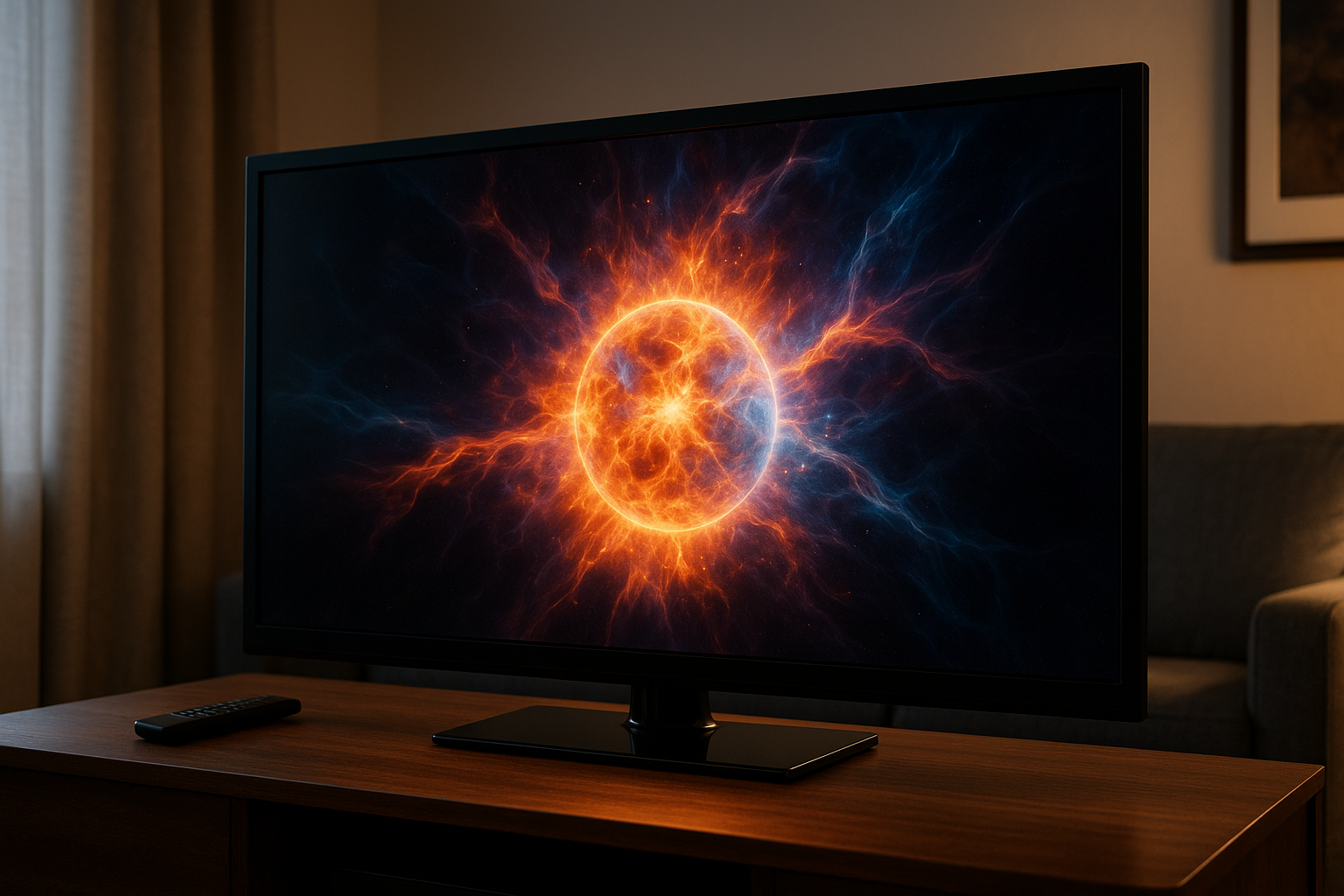Plasma Screens: The Underrated Giants in Display Technology
It's easy to get caught up in the latest buzzwords in display technology - OLED, QLED, MicroLED - but let's take a moment to focus on a technology that has been somewhat forgotten, yet still holds a unique place in the market: Plasma screens. Plasma screen technology was first developed in the early 1960s, albeit in a very rudimentary form. It wasn't until the late '90s and early 2000s that plasma displays began to gain traction as a popular choice for televisions. Despite their often hefty price tags, these screens offered a viewing experience that was unparalleled at the time, with deeper blacks and more vibrant colors than competing technologies.

The Fall and Rise Again
However, the advent of cheaper, more energy-efficient LCD screens led to a decline in plasma screen sales. By 2014, the major manufacturers of plasma screens - Panasonic, LG, and Samsung - had all ceased production. But just when it seemed like plasma screens were headed for the technology graveyard, they found a new lease of life. In recent years, there has been a resurgence in interest for plasma screens, primarily driven by the gaming community. Gamers appreciate the high refresh rates and low input lag that plasma screens offer, making them an ideal choice for fast-paced gameplay.
Current Developments in Plasma Technology
The key selling point of plasma screens has always been their image quality, and recent developments have only served to heighten this. Newer models boast 4K resolution, HDR support, and even smart TV capabilities. However, it’s not just the image quality that’s improving. Manufacturers have found ways to make plasma screens more energy-efficient and lighter, addressing two of the main criticisms that were previously leveled at this technology.
Market Impact and Pricing
The resurgence of plasma screens has led to a small but noticeable impact on the market. While they still represent a niche segment, their unique selling points have enabled them to carve out a space alongside the more dominant LCD and OLED screens. In terms of pricing, plasma screens still tend to be on the expensive side. However, this is offset by their superior performance, particularly in areas like color accuracy, contrast, and motion handling.
The Future of Plasma Screens
So, what does the future hold for plasma screens? It’s hard to say. The technology has its fans, particularly among gamers and cinephiles who value image quality above all else. However, the high cost and relative energy inefficiency of plasma screens compared to competing technologies remain significant barriers. Nevertheless, with continued innovation and development, there’s every chance that plasma screens could retain their niche in the market.
In a world that’s increasingly dominated by buzzwords and shiny new tech, it’s refreshing to see a ‘classic’ technology like plasma screens still holding its own. While they may not be for everyone, plasma screens offer a unique viewing experience that, for some, is worth the premium price. As technology continues to evolve, it will be interesting to see how plasma screens adapt and innovate to stay relevant. Let’s not forget about these underrated giants in display technology just yet.




